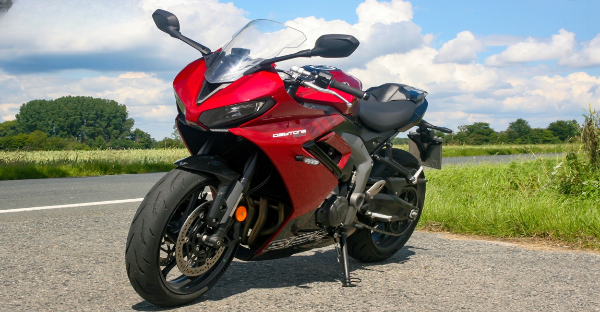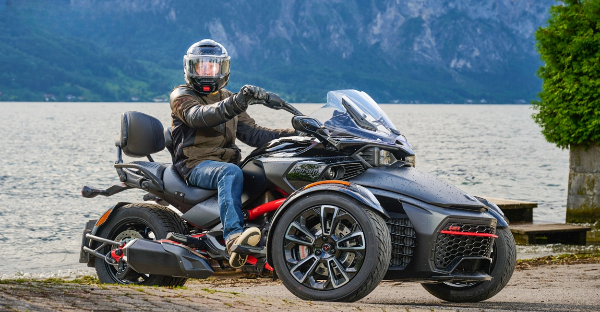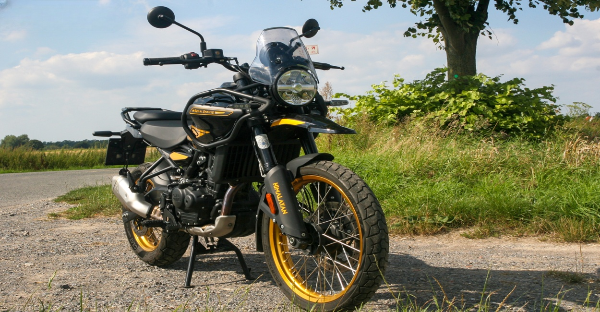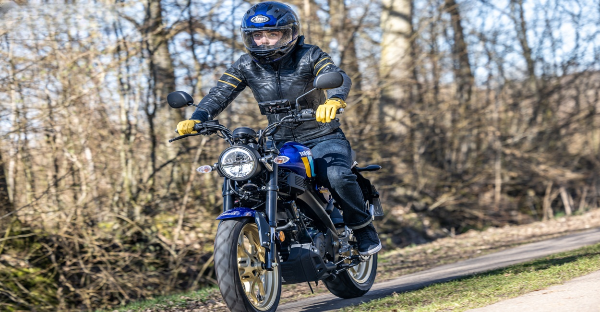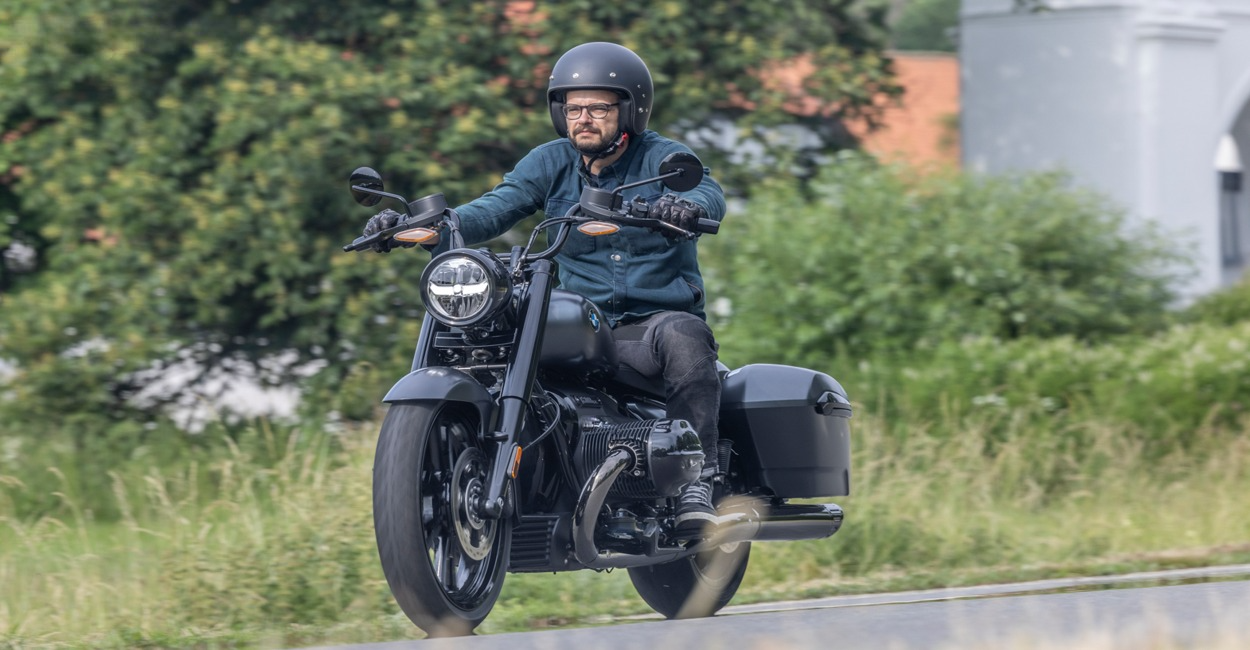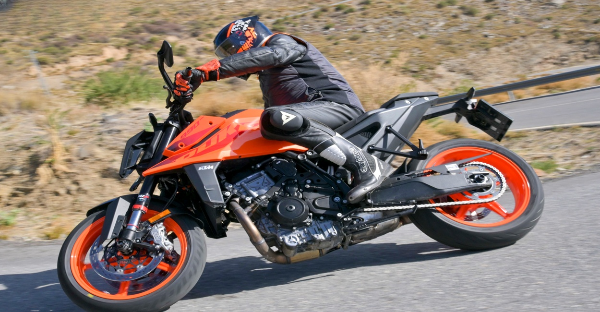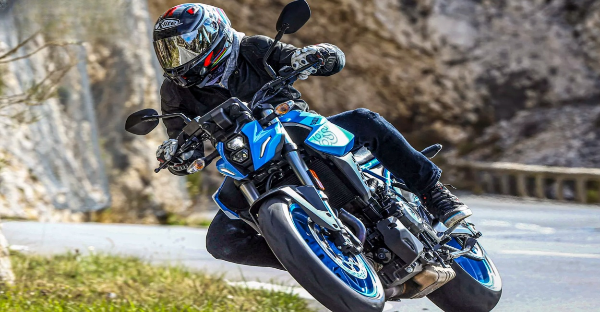When you hear the name Daytona, images of razor-sharp supersports slicing through racetracks come to mind. That name has weight, history, and a kind of mystique, especially for Triumph fans. After a seven-year pause, the Daytona is back,but it’s not quite the fire-breathing 675 that haunted apexes in Moto2. The new 660 isn’t built to dominate the track. It’s built to dominate everyday rides, with a bit of the edge still intact.
I took the 2024 Triumph Daytona 660 to Goa,not the typical testing ground for a supersport, but this ride needed a different kind of perspective. From the snaking backroads of Chorla Ghat to the coastal curves near Palolem, I wanted to find out if this bike could handle more than just short sprints. Could it become the everyman’s supersport?
More horsepower, made for those who are lazy to shift gears
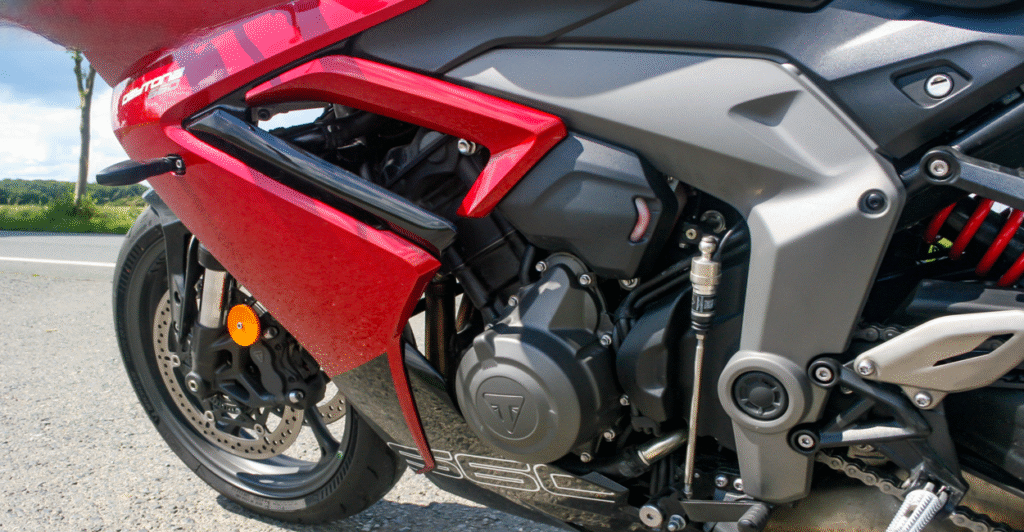
Let’s start with the star of the show,the three-cylinder engine. Triumph has taken the familiar Trident 660 engine and given it a healthy workout. It now puts out 95 hp at 11,250 rpm and 69 Nm at 8,250 rpm. On paper, that might not seem like a massive step up, but in the real world, especially in Goa’s twisties, it felt so right.
I found myself holding sixth gear for entire stretches. You could be cruising through villages at 50 km/h, then roll on the throttle and launch into triple digits with ease. It’s forgiving,perfect if you don’t want to dance on the gear lever constantly. That smooth, linear pull from down low is what sets the Daytona apart from high-strung four-cylinder supersports. This engine is more like a symphony than a scream,grunty when you need it, but never obnoxious.
Power delivery with extra peak
What struck me is how refined the power comes in. From as low as 2,100 rpm, the engine feels alive. It keeps 80% of its torque available from 3,125 rpm all the way up to 11,750 rpm. On twisty uphill stretches near Ponda, I didn’t need to think twice before overtaking buses or weaving past slower traffic. The torque just is there.
And yet, there’s an uppercut at the top-end. Cross 8,000 rpm and the Daytona digs deeper, the induction noise gets a little throatier, and it gives you that old-school supersport kick. Around 12,500 rpm, the limiter reminds you that this isn’t a track bike in disguise, it’s a road warrior in leathers.
Sporty, dynamic and always predictable
What I loved most is how natural it felt. The full fairing not only lends it big-bike aesthetics, but it also takes the load off your chest on longer rides. While slicing through the lush greenery of Mollem, I realized how balanced the ergonomics are.
You’re leaned slightly forward, but there’s none of the painful wrist load associated with full-on supersports. The footpegs don’t demand yoga-level flexibility, and the tank shape lets you grip with your knees when pushing through corners. The Daytona 660 feels like a partner, not a machine you have to fight to enjoy.
Even when you’re not pushing, the comfort factor means you’ll want to keep riding. That’s not something you say often about supersport bikes.
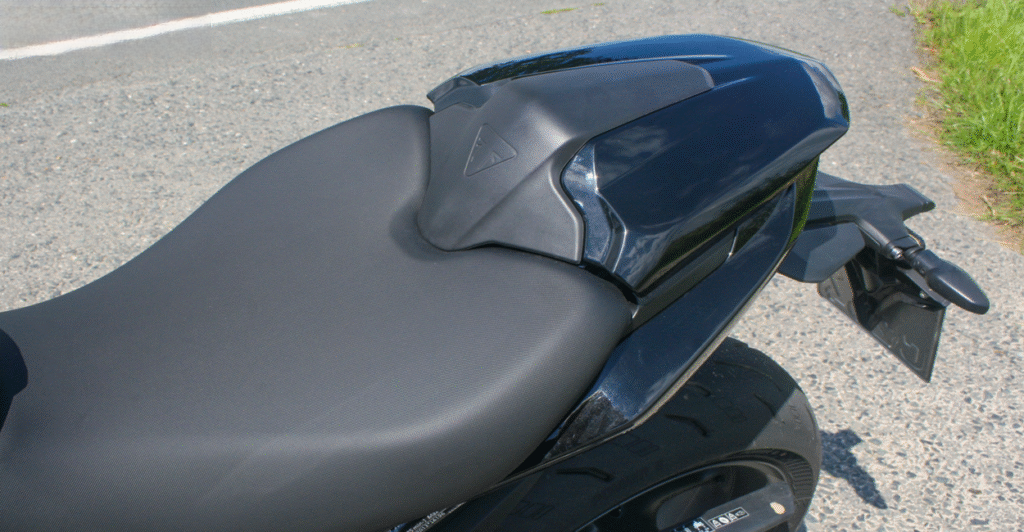
Responsiveness: convincing
Braking? Absolutely sharp. The twin 310 mm discs up front with radial four-piston calipers bite hard. In one emergency braking test near a cattle-crossing (because Goa), the bike stopped in a clean, straight line with no drama. There’s feedback at the lever, and the big-piston Showa front forks do a great job of keeping things stable under hard deceleration.
The front end feels communicative, light to steer yet not twitchy. On switchbacks heading toward Amboli, the bike flicked side to side with grace. Even when braking mid-corner, there was no unsettling dive. And the rear brake? A surprise, it’s actually useful, which is rare for sportbikes. Good modulation, crisp response.
Driving modes and familiar cockpit
The Daytona comes with three riding modes, Rain, Road, and Sport. Honestly, I left it in Sport for most of the ride, but Rain mode came in handy when I got caught in a drizzle outside Panaji. It softened throttle response and gave me peace of mind on slippery roads.
The cockpit is carried over from the Trident and Speed 400,nothing too fancy, just functional. The TFT-LCD display is bright and legible, even under Goa’s brutal sun. The menus are intuitive, and switching modes on the fly is simple.
There’s traction control, which you can turn off if you’re feeling brave. The lack of an up/down quickshifter might raise eyebrows, but for the price, the six-speed manual is slick and engaging. No complaints there.
Technical Specification
| Feature | Specification |
| Engine | Inline 3-cylinder, DOHC, 660 cc |
| Power | 95 hp @ 11,250 rpm |
| Torque | 69 Nm @ 8,250 rpm |
| Cooling | Liquid-cooled |
| Compression Ratio | 12.05:1 |
| Bore x Stroke | 74 x 51.1 mm |
| Top Speed | 216 km/h |
| Transmission | 6-speed manual |
| Clutch | Torque-assisted anti-hopping clutch, wet |
| Frame | Steel tube perimeter |
| Front Suspension | Showa 41 mm big-piston USD fork |
| Rear Suspension | Showa monoshock, preload adjustable |
| Suspension Travel (F/R) | 110 mm / 130 mm |
| Brakes (Front/Rear) | 310 mm dual disc / 220 mm single disc |
| Tires (F/R) | 120/70 R17 / 180/55 R17 |
| Wheelbase | 1,425 mm |
| Seat Height | 810 mm |
| Weight | 200.9 kg (wet) |
| Fuel Tank | 14 liters |
| Rider Aids | ABS, traction control, 3 riding modes |
| Price (Germany) | €9,795 |
Conclusion
The 2024 Triumph Daytona 660 is not just a comeback, it’s a well-executed reinvention. It’s not the raw, screaming Daytona of old, and it’s not trying to be. This one’s smarter, smoother, and more accessible. It fits into everyday life while still keeping the fire of a supersport alive.
In Goa, where roads go from coastal calm to mountain madness in a blink, it felt perfectly at home. It’s the kind of bike you’d ride to work, then take to your favorite mountain pass on a Sunday without swapping out tires or your spine.
It’s fast, but not frantic. Sporty, but not punishing. It’s a Daytona, reimagined for real life.
And maybe, just maybe, that makes it even more special.
Is Daytona 660 good for track days?
Definitely. While not as hardcore as a liter-class superbike, the Daytona 660 is very capable on the track, especially for beginner or intermediate track riders. It’s agile, quick-revving, and forgiving—ideal for learning and having fun.
How much does Daytona 660 weigh?
The Daytona 660 has a dry weight of 201 kg (443 lbs). It’s not featherlight, but well-balanced and easy to maneuver both in traffic and on twisty backroads.
What is the top speed of the Daytona 660?
The Daytona 660 can reach a top speed of around 210–220 km/h (130–137 mph), depending on rider weight, wind, and conditions.
